Stimulus-responsive liposomes for biomedical applications
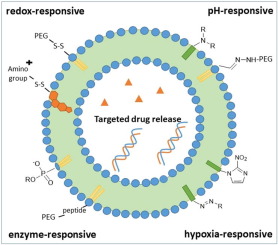
Liposomes are amphipathic lipidic supramolecular aggregates that are able to encapsulate and carry molecules of both hydrophilic and hydrophobic nature. They have been widely used as in vivo drug delivery systems for some time because they offer features such as synthetic flexibility, biodegradability, biocompatibility, low immunogenicity, and negligible toxicity. In recent years, the chemical modification of liposomes has paved the way to the development of smart liposome-based drug delivery systems, which are characterized by even more tunable and disease-directed features. In this review, we highlight the different types of chemical modification introduced to date, with a particular focus on internal stimuliresponsive liposomes and prodrug activation.Nanomedicine and nanopharmaceuticals are growing research areas. Nanotechnology can
be used to address several major issues that currently hamper therapeutic efficacy, limiting the bench-to-clinic translation of new developed bioactive compounds. In this context, the development of nanosystems for drug delivery is a burgeoning area of research . Appropriate nanovehicles can significantly enhance drug efficacy by providing increased delivery to the molecular target and reduction of off-target effects. In addition, an optimal
system should preserve drug activity and stability, protect against degradation, control drug release, and ensure easy drug excretion. A large number of drug delivery systems (DDS) have been developed to date, including synthetic polymeric micelles, polymersomes, viruslike nanoparticles , protein and peptide nanomaterials, inorganic frameworks, and liposomes. Each of these systems is produced using a ‘bottom-up’ approach, taking advantage of self-assembly (SA). SA can be defined as the ‘autonomous organization of components into ordered pattern or structures’, and represents an elegant approach to fabricating nanostructures. During SA, non-covalent interactions help to define the final features of the obtained nanomaterial. We are particularly interested in the design and synthesis of self-assembling drug-conjugates that can be used as nanoassemblies that are
active against cancer and neurodegeneratio

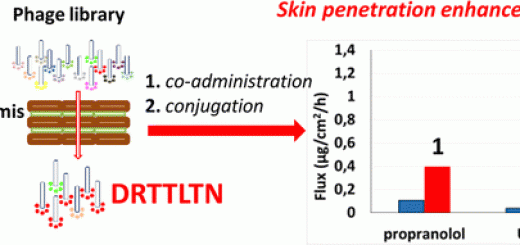
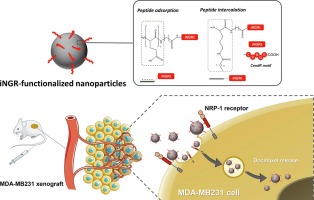
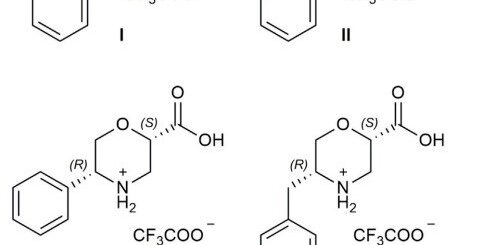



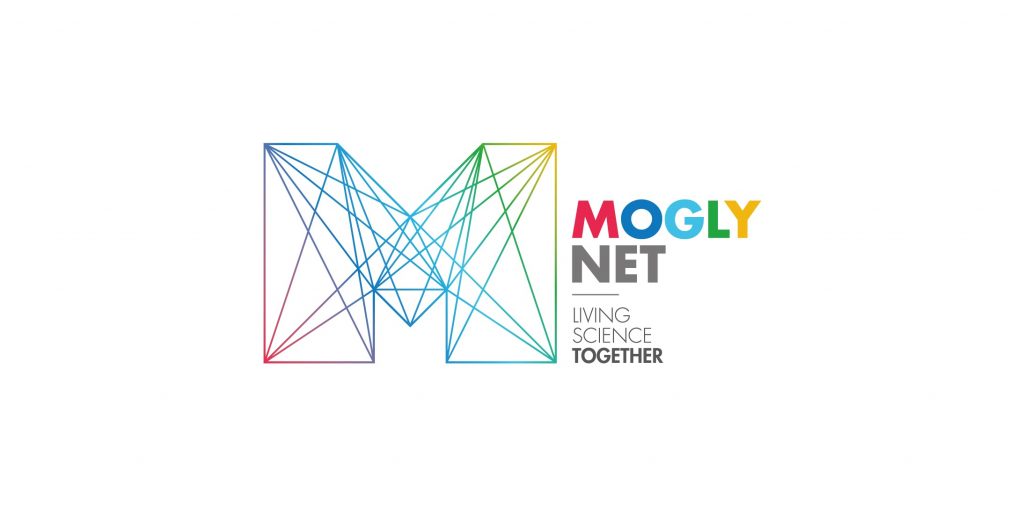
comments